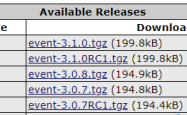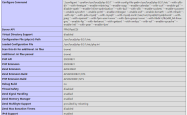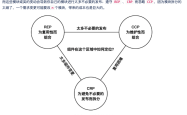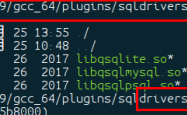laravel 中repository模式使用详解
什么是Repository模式,laravel学院中用这样一张图来解释
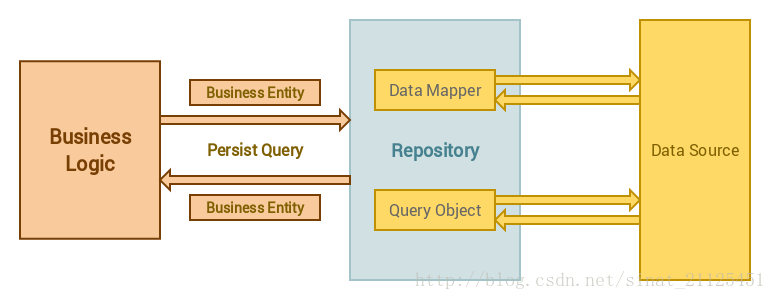
编码过程当中 解耦一直是个较为热门的话题。 使用MVC设计模式开发的时候,如果需要查询数据库/操作数据库的时候就得直接引用模型,调用模型。按照常规的调用方法直接以下所示,不使用Eloquent ORM就没法操作数据库,那么就是ORM和这个控制器有着非常之大的耦合性。
?| 1 2 3 | $position = Position::createPosition( $params ); $position ->users()->attach( $userParams ); $position ->permissions()->attach( $permissionParams ); |
控制器方面应该是只有返回相关的 不会包含任何逻辑的代码,所以为了解耦我们就该引用repository设计模式。
repository 需要的开发层面
首先我们需要定义一个接口
?| 1 2 3 4 5 6 7 | <?php namespace App\Http\Repositories\Interfaces; use App\Http\Repositories\Interfaces\BaseRepositoryInterface; interface UserRepositoryInterface extends BaseRepositoryInterface { } |
可以自己先构造一个基层的BaseInterface来封装常用并且基本的操作模型的方法,创建好接口之后开始绑定repository来进行实现该接口
?| 1 2 3 4 5 6 7 8 | <?php namespace App\Http\Permission\Repositories\Eloquent; use App\Http\Repositories\Eloquent\EloquentBaseRepository; use App\Http\Permission\Repositories\Interfaces\UserRepositoryInterface; class UserRepository extends EloquentBaseRepository implements UserRepositoryInterface { } |
创建好之后需要在ServiceProvider当中注册并绑定该接口,保证与模型层有相关联。
?| 1 2 3 | $this ->app->bind(UserRepositoryInterface:: class , function (){ return new UserRepository( new User); }); |
绑定好之后就可以创建service之后使用构造函数来将该interface注入到其中 就可以书写逻辑以及相关编码了。
到此这篇关于laravel repository模式使用的文章就介绍到这了,更多相关laravel repository模式内容请搜索服务器之家以前的文章或继续浏览下面的相关文章希望大家以后多多支持服务器之家!
原文链接:https://blog.csdn.net/Yokamozs/article/details/122058018
1.本站遵循行业规范,任何转载的稿件都会明确标注作者和来源;2.本站的原创文章,请转载时务必注明文章作者和来源,不尊重原创的行为我们将追究责任;3.作者投稿可能会经我们编辑修改或补充。



